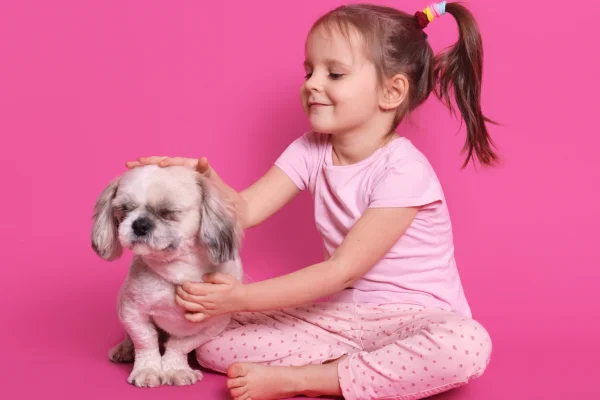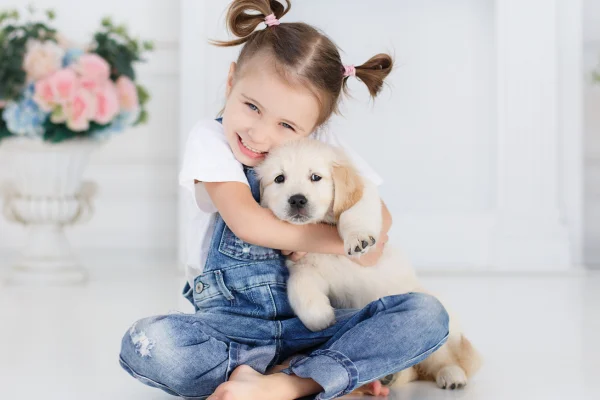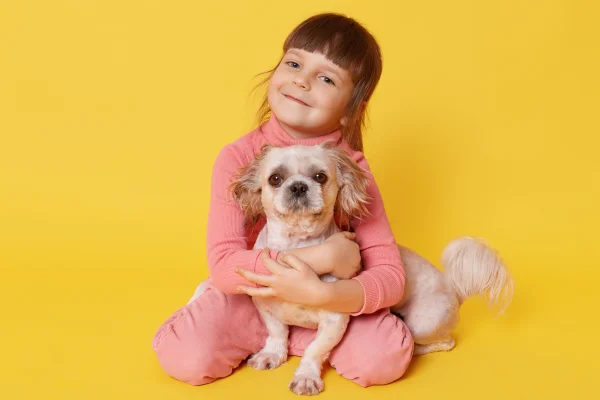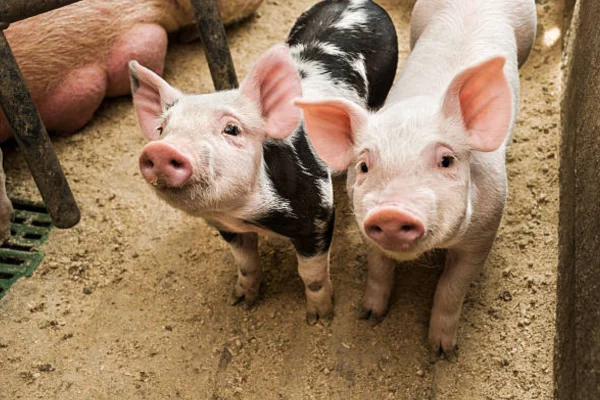10 Tips for Choosing the Perfect Dog for Your Children
Choosing the perfect dog for your children may seem like a challenging task, but with the right guidance, it can become a rewarding experience for the whole family. As a blog writer and veterinarian with more than two decades of experience, I understand the importance of finding the ideal furry companion for the home. Here are some valuable tips to help you on this exciting journey.
1. Consider the size of the dog:
When choosing a dog for your children, take into account the size of the animal in relation to the space available in your home. Larger dogs may need more room to move around, while smaller dogs may be better suited to compact environments.
2. Research the breeds:
Each dog breed has its own distinct characteristics, from temperament to exercise needs. Research the different breeds and choose the one that best suits your family's lifestyle and personality.
Contents

3. Evaluate Temperament:
The dog's temperament is crucial, especially when children are involved. Look for breeds that are known for being gentle, patient and tolerant of children. Also, consider the age and energy of the animal to ensure good compatibility with your children.
4. Check Time Availability:
Having a dog is a long-term commitment that requires time and dedication. Make sure you and your family have enough time to look after, train and play with the new furry member of the family.
5. Visit the Animal Shelter:
Animal shelters are great places to find a new four-legged friend. Visit a local shelter and meet the dogs available for adoption. Often, you can find a loving and loyal companion waiting for a loving family.
6. Consider the age of the dog:
The age of the dog is also an important factor to consider. Puppies require more time and patience for training, while older dogs can offer quiet companionship and already have some basic training.
7. Assess your exercise needs:
Make sure you choose a dog whose exercise needs align with your family's lifestyle. Some breeds require intense physical activity, while others are better suited to indoor environments and lighter play.
8. Prepare yourself financially:
Having a dog involves financial expenses, including food, veterinary care, vaccinations and possible medical emergencies. Be prepared to take on these costs and ensure the well-being of your new furry friend.
9. Educate your children about responsibility:
Before bringing a dog home, it is essential to educate your children about the responsibility involved in caring for a pet. They should understand the importance of feeding, exercising and respecting the new member of the family.
10. Be open to adaptation:
Finally, be open to adaptations and changes as you and your family welcome the new dog into your lives. Each animal is unique, and it can take some time for everyone to adjust and develop a strong and lasting bond.
By following these 10 tips for choosing the perfect dog for your children, you'll be well on the way to finding the ideal furry companion who will bring joy, love and many happy moments to your family. Always remember that adopting a dog is an important decision that requires care, consideration and commitment, but the benefits of having a furry friend by your side will make every moment worthwhile.

Frequently asked questions: Dogs for your children
1. What is the best breed of dog for children?
Although there is no single answer to this question, some breeds are known to be more suitable for families with children, such as the Labrador Retriever, the Golden Retriever, the Beagle and the French Bulldog. However, it is important to consider the individual temperament of each dog, regardless of the breed.
2. Should I adopt an adult dog or a puppy?
Both puppies and adult dogs have their own benefits. Puppies are generally easier to train and can grow up alongside their children, creating a bond from an early age. On the other hand, adult puppies are often already trained and have established personalities, which can make it easier for them to adapt to the family.
3. How do I know if my child is ready for a dog?
Before adopting a dog, it's important to consider your child's maturity and responsibility. They should understand the basic needs of a dog, such as feeding, exercise and veterinary care, and be willing to help with these tasks.
4. How can I avoid allergies to dog hair?
If you or someone in your family is allergic to dog hair, consider choosing a hypoallergenic breed or one that produces less hair, such as the Poodle, Schnauzer or Bichon Frisé. In addition, keeping the house clean and brushing the dog regularly can help reduce allergy symptoms.
5. How do I introduce the new puppy to my children?
Introduce the new puppy to your children gradually and under supervision. Allow them to familiarize themselves little by little, avoiding situations that might frighten or intimidate the dog. Teach your children to respect the dog's space and boundaries and to interact in a gentle and positive way.
Thanks for stopping by, check out our other work too
https://vettopbr.com/tosse-em-caes/
https://cuidar.petlove.com.br/








